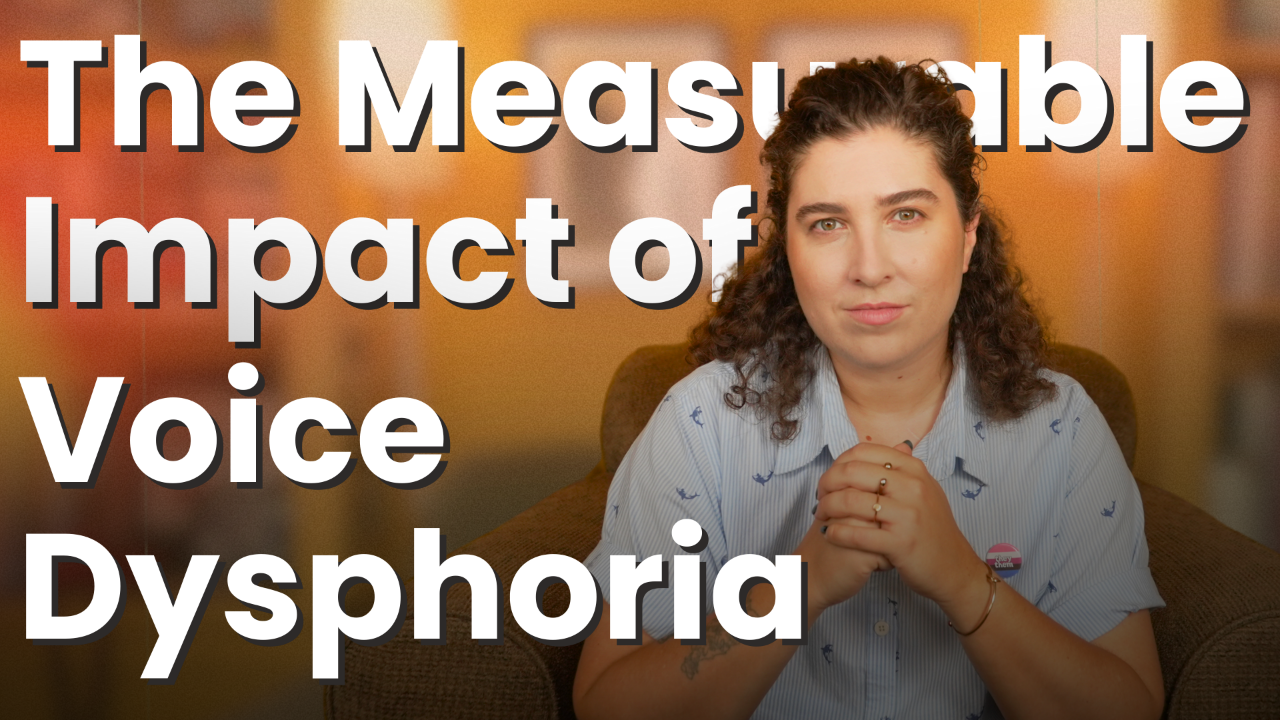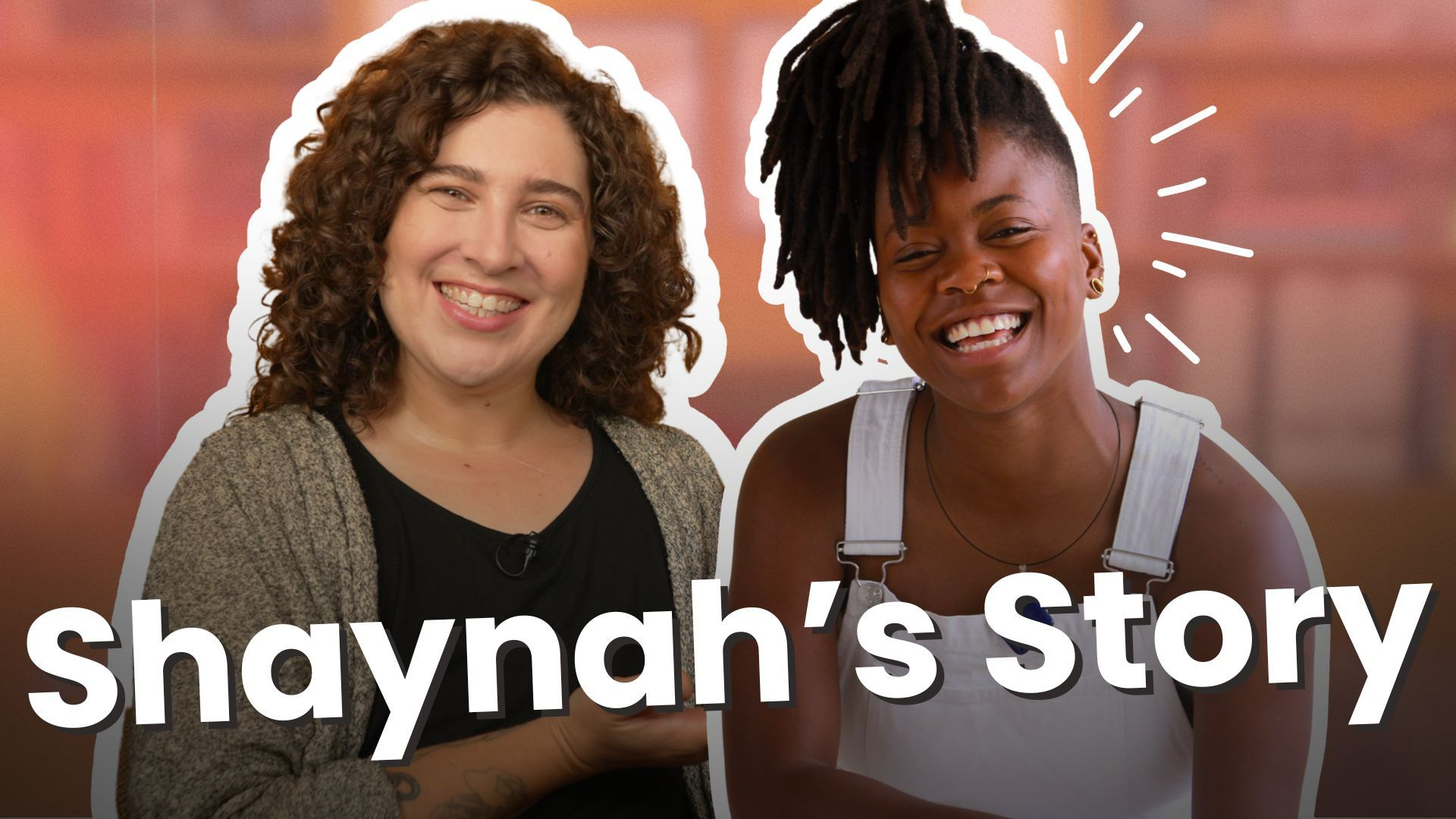Degendering The Voice #2: Voice Types
Sep 15, 2022Welcome to the second instalment of Degendering The Voice, also known as BIOLOGICAL ESSENTIALISM MAKES FOOLS OF US ALL!
I created this series to help voice teachers like choral directors and private singing instructors create more welcoming teaching environments for trans and nonbinary students. In the last instalment, we talked about replacing the term "Adam's Apple" with "Thyroid Notch", which I think is most useful for private voice teachers. However, today's instalment is squarely for the choral directors. Today we're talking about voice types.
In a choir, it's common to separate singers by voice type, usually soprano, alto, tenor, and bass. Sometimes all the upper voices and lower voices are together, so soprano and alto are on one side while tenor and bass are on the other. Sometimes the soprano and tenor are on one side while the alto and bass are on the other. Sometimes upper voices are in the front, and lower voices are in the back. Sometimes all the voice types are mixed together.
If you go back and reread that paragraph, you will notice that at no point did I refer to women, men, or genders at all. I mainly didn't do this because it's not necessary to do so in order to say what I mean clearly, but also, it would be incorrect to substitute upper voices for "women" and lower voices for "men".
There can be and are people of all genders in every voice type. There are trans women basses and cis men altos and trans men sopranos and cis women tenors and nonbinary people in every voice type.
As a choir director, you may not be able to tell the gender of everyone in each section merely by looking at them. Trans and nonbinary people look a variety of ways, and people at any age can be at any stage in their transition.
Choir should be a place where your singers are able to gather, focus on the music, and enjoy the beautiful experience of singing in a group, unmarred by moments of dysphoria by being incorrectly grouped in with "women" or "men".
If you want to know more about how to support your trans and nonbinary students, you can read the first instalment in this series, sign up for my mailing list, or check out my upcoming teacher training course!
Want weekly tips, resources, and insights on trans voice training? Sign up for my newsletter and get the latest content delivered straight to your inbox. It's free!









